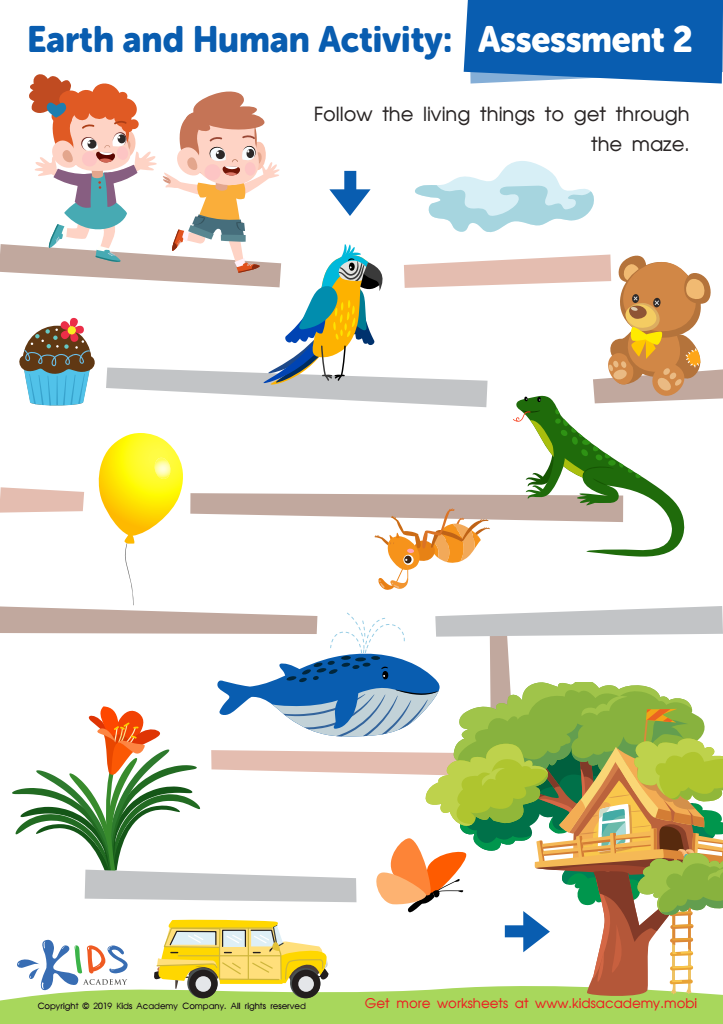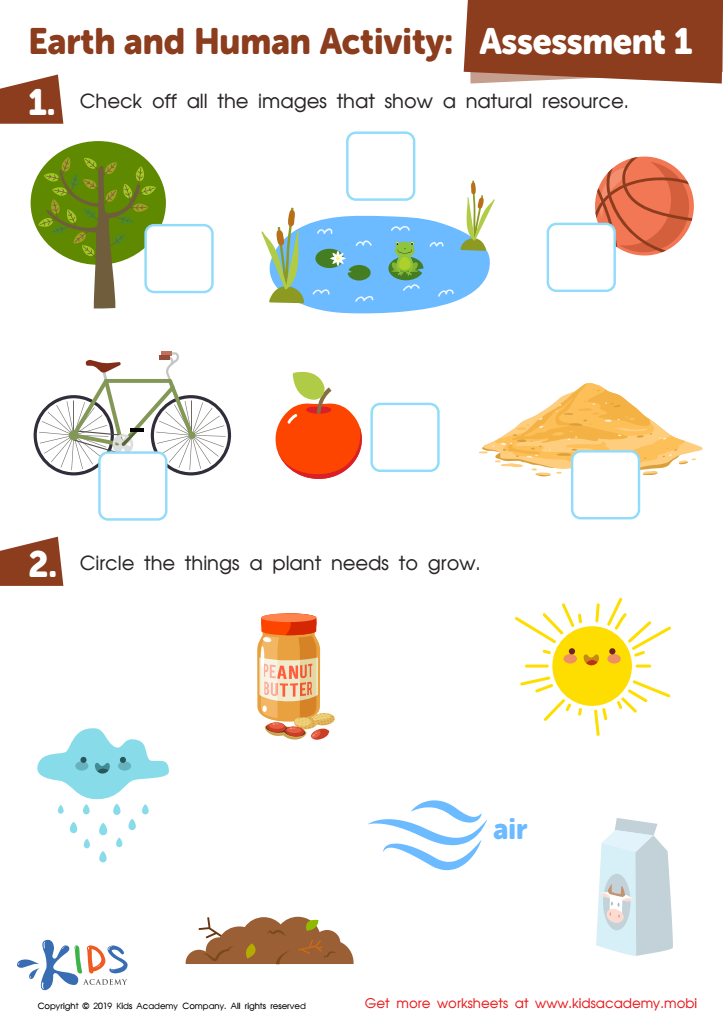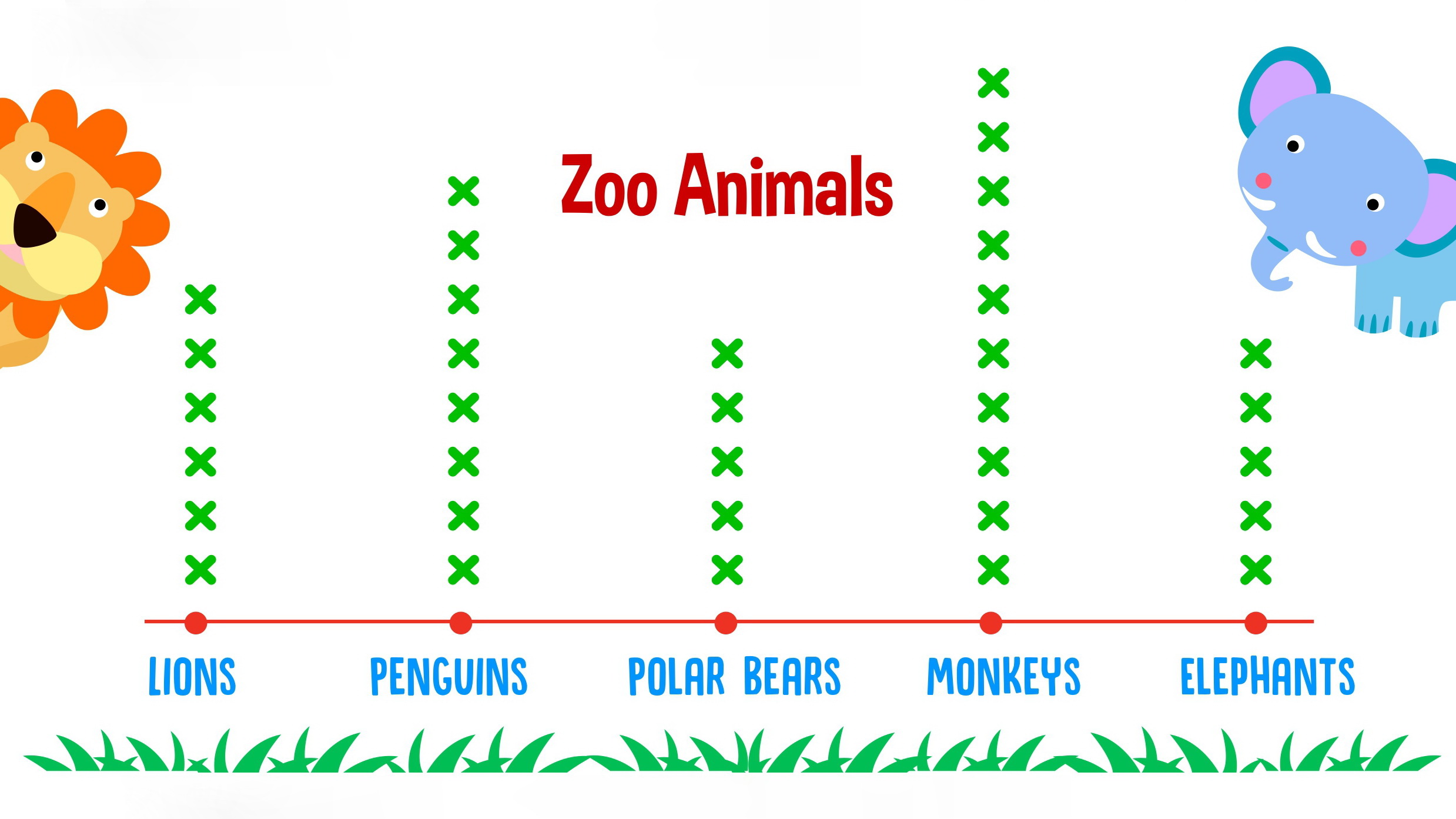Plants and Animals worksheets activities for 5-Year-Olds
2 filtered results
-
From - To


Earth and Human Activity: Assessment 2 Worksheet


Earth and Human Activity: Assessment 1 Worksheet
Plants and Animals worksheets activities stand out as an essential educational tool in fostering a deep understanding and appreciation of the natural world among students. These activities are not only engaging but also highly informative, providing a structured approach to learning about the diverse life forms that inhabit our planet.
First and foremost, Plants and Animals worksheets activities serve as an excellent introduction to the basics of biology. They help students grasp fundamental concepts such as photosynthesis, the food chain, and the unique characteristics of different species. Through carefully designed worksheets, learners can explore the intricate relationships between plants and animals, understanding how they interact within ecosystems to maintain balance and support life.
Moreover, these activities encourage critical thinking and problem-solving skills. As students work through the worksheets, they are often faced with questions and puzzles that require them to apply what they've learned in practical contexts. This not only reinforces their knowledge but also enhances their ability to analyze information, draw connections, and arrive at conclusions based on evidence.
Another significant advantage of Plants and Animals worksheets activities is their adaptability to different learning styles. Whether a student prefers visual learning through diagrams and pictures or hands-on activities that involve observing nature directly, worksheets can be tailored to meet these needs. This flexibility ensures that all students, regardless of their preferred learning method, can benefit from these activities.
Furthermore, these worksheets promote environmental awareness and conservation. By learning about the importance of plants and animals in our ecosystems, students develop a sense of responsibility towards protecting these vital resources. This early education is crucial in raising the next generation of environmentally conscious individuals who are committed to sustaining biodiversity.
In conclusion, Plants and Animals worksheets activities are an invaluable educational resource. They not only enrich students' understanding of the natural world but also equip them with the critical thinking skills and environmental awareness necessary for their future roles as informed and responsible citizens.
 Assign to the classroom
Assign to the classroom












